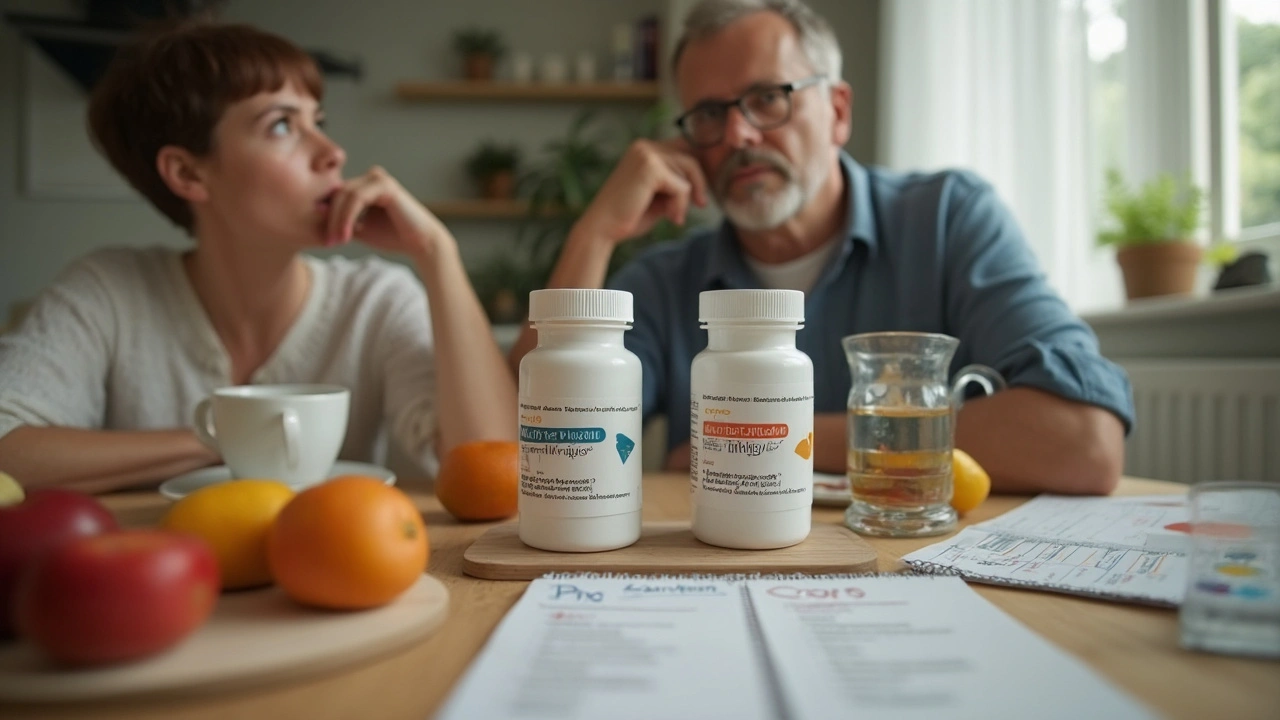Type 2 Diabetes: Practical Guide to Living Well and Managing Blood Sugar
More than 90% of people with diabetes have type 2 — many live long, active lives when they manage it right.
Type 2 diabetes happens when your body can't use insulin well. That raises blood sugar over time and adds risk for heart attacks, nerve damage, vision loss, and kidney problems.
Quick signs to watch for: thirst, frequent urination, fatigue, blurred vision, slow-healing cuts, and unexpected weight loss or gain. Risk factors include age over 45, being overweight, family history, inactivity, high blood pressure, and a history of gestational diabetes.
Getting diagnosed usually needs a fasting glucose, A1c, or an oral glucose tolerance test. A1c gives an average of the last three months; doctors often consider under 7% a target for many adults, but targets can change based on age and health.
Food and Movement
Small changes move the needle. Start with food and movement. Cut sugary drinks, choose whole grains, add vegetables, and control portions. Try a simple plate rule: half non-starchy veggies, a quarter lean protein, a quarter whole grains or starchy veg. Walk 30 minutes most days or break it into three ten-minute walks if that’s easier.
Monitoring helps you learn what affects your numbers. Home glucose meters and continuous glucose monitors (CGMs) show how meals, stress, sleep, and activity change your levels. Track patterns, not every single spike.
Meds and Monitoring
Medications add strong support. Metformin is often first-line; other options include GLP-1 agonists, SGLT2 inhibitors, DPP-4 inhibitors, and insulin when needed. Each class works differently and has different effects on weight and heart risk. Talk to your provider about side effects and cost.
Preventing complications means regular checks: yearly eye exams, foot checks at every visit, blood pressure and cholesterol control, and kidney testing with urine albumin and creatinine. Smoking raises risks sharply — quitting improves outcomes fast.
Practical tips that help today: prepare meals at home to control salt and sugar, use a phone app or simple notebook to log patterns, carry quick carbs like glucose tablets for low blood sugar, and wear comfortable shoes to avoid foot ulcers.
If you’re overweight, losing even 5–10% of body weight often improves blood sugar and can reduce medication needs. For some people, bariatric surgery or intensive weight-loss programs lead to remission, but those are medical decisions to discuss carefully.
When to call your doctor: persistent high blood sugar above 300 mg/dL, signs of infection, fever, vomiting, chest pain, or numbness. If you use insulin, know how to treat hypos and when to get urgent care.
You don't have to do this alone. Diabetes educators, dietitians, and support groups can make daily choices easier and less isolating. Start with one habit change this week — a swap or a walk — and build from there.
Read related posts on our site for specific drug guides, alternatives, and safe online pharmacy tips that can help you manage meds and costs. Talk with your care team and schedule annual reviews to keep your treatment plan current and effective.

